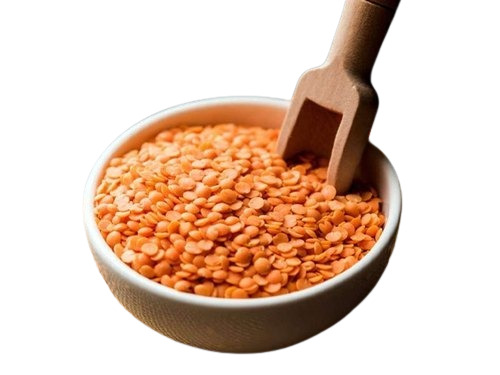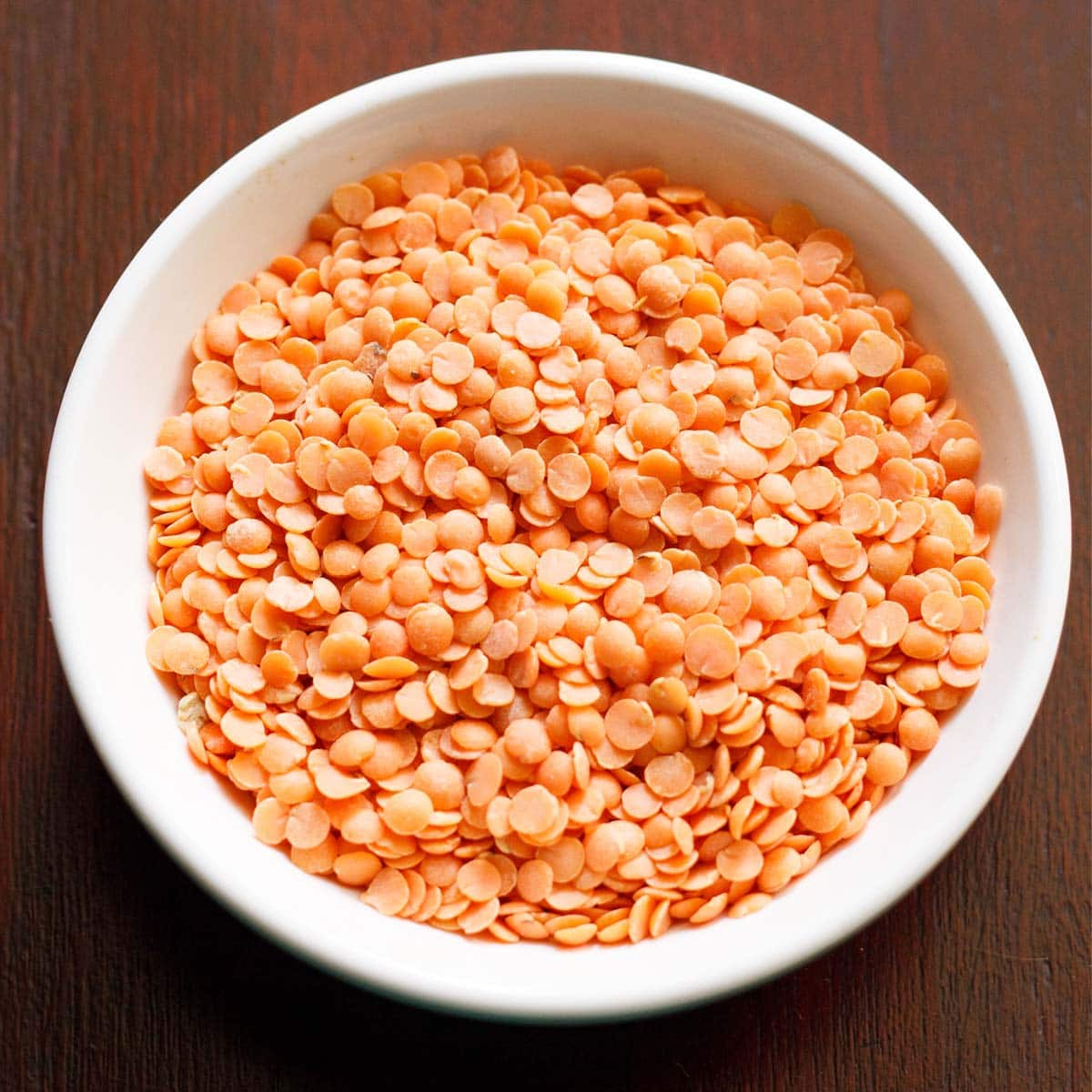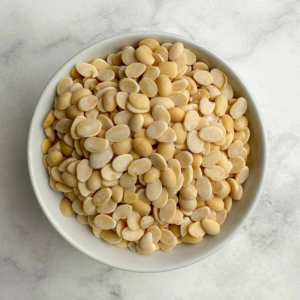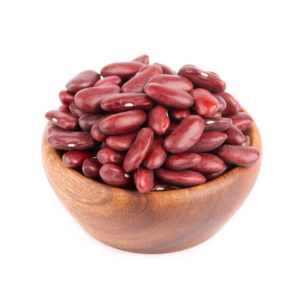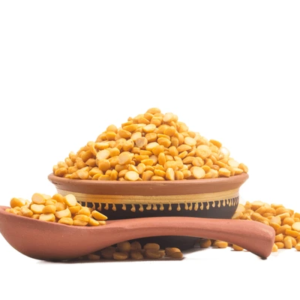Description
Masoor dal refers to the split, hulled form of red lentils. When cooked, they become soft and mushy, which makes them perfect for soups, stews, and curries. Unlike other lentils, masoor dal doesn’t require long cooking times and can be prepared relatively quickly.
Key Characteristics:
- Color: Red lentils are most commonly used, but they can also appear in shades of orange or yellow. After cooking, they often turn a pale yellow or golden color.
- Size: Masoor dal is small and round, typically about 4-5 mm in diameter.
- Taste and Texture: They have a mild, earthy flavor with a slight sweetness. Their texture becomes very soft and almost creamy once cooked, which makes them perfect for dishes that need a smooth consistency like dals or purees.
Nutritional Benefits:
- Protein: Masoor dal is an excellent source of plant-based protein, making it a great food for vegetarians and vegans.
- Fiber: It is rich in dietary fiber, which aids digestion and helps maintain a healthy gut.
- Vitamins & Minerals: Masoor dal provides a good amount of folate, iron, magnesium, and potassium. It also contains B-vitamins, particularly B6 and B5.
- Low Glycemic Index: The low glycemic index of lentils makes them beneficial for managing blood sugar levels.
- Antioxidants: They contain various antioxidants, which help protect against cell damage.
Common Uses:
- Dal: In South Asian cuisine, masoor dal is typically made into dal, a lentil-based soup or stew, flavored with spices such as cumin, coriander, turmeric, ginger, garlic, and garam masala.
- Curries & Stews: Masoor dal can be cooked in curries, often combined with vegetables or meat, and served with rice or flatbreads like naan or chapati.
- Salads & Veggie Dishes: They can also be used in salads when cooked and cooled, sometimes mixed with vegetables and dressing for a nutritious meal.
- Patties & Cutlets: In some recipes, cooked masoor dal is used to make vegetarian patties or cutlets.
Preparation Tips:
- Soaking: While red lentils generally do not require soaking, rinsing them before cooking is a good idea to remove any dust or impurities.
- Cooking: Masoor dal cooks quickly—usually in 15–20 minutes—especially compared to other lentils. They absorb water and become soft and mushy, which is ideal for making smooth dals or stews.
- Flavoring: Masoor dal absorbs spices well, making it perfect for curries and soups. Popular seasonings include garlic, ginger, cumin, turmeric, mustard seeds, and cilantro.
Additional Uses:
- Lentil Purees: Masoor dal can be blended into a smooth puree and used as a base for soups, dips, or as a filling in wraps.
- Lentil Flour: Similar to other pulses, masoor dal can be ground into flour and used in certain recipes, such as pancakes or crepes.
Health Benefits:
- Weight Management: The high fiber and protein content help promote satiety, which can aid in weight management.
- Heart Health: The fiber, potassium, and folate in masoor dal help maintain cardiovascular health by reducing cholesterol levels and supporting healthy blood pressure.
- Blood Sugar Control: Due to their low glycemic index and high fiber, masoor dal helps in controlling blood sugar spikes, making them a healthy choice for diabetics.
Masoor dal is incredibly easy to cook, packed with nutrients, and adaptable to various cuisines and recipes. Its quick cooking time, combined with its ability to absorb spices and flavors, makes it a staple in many households, especially in vegetarian diets.


